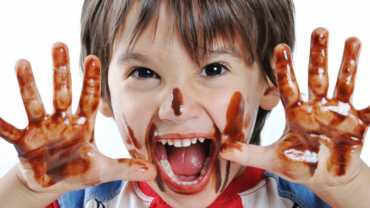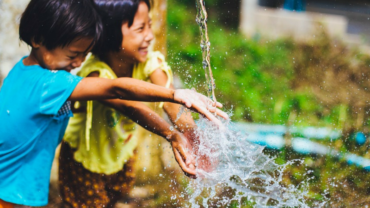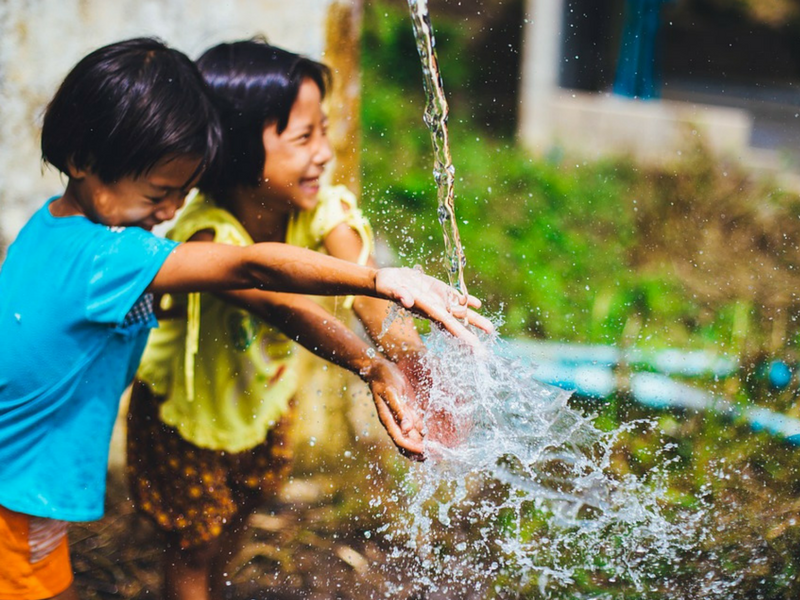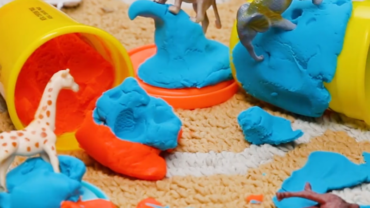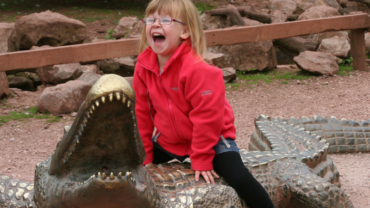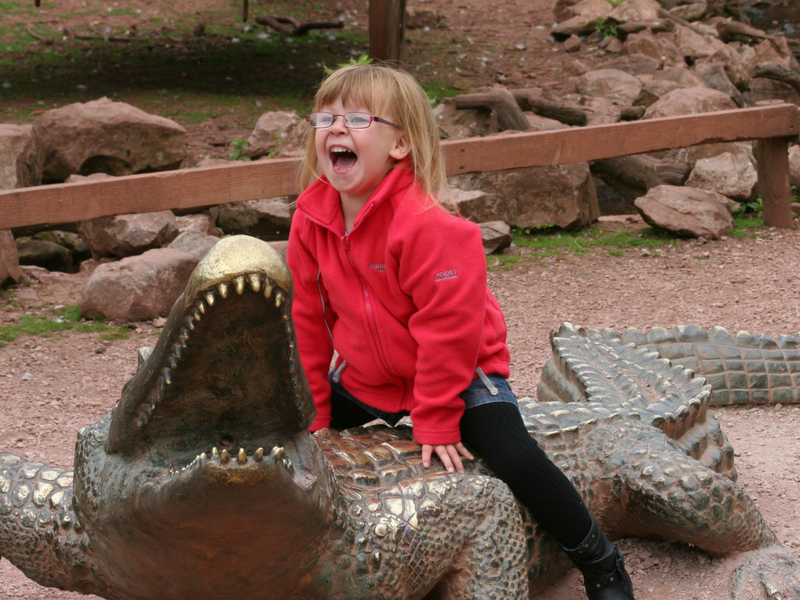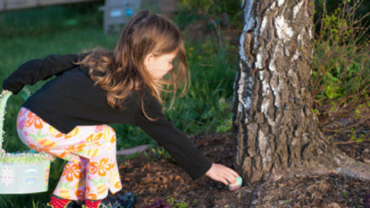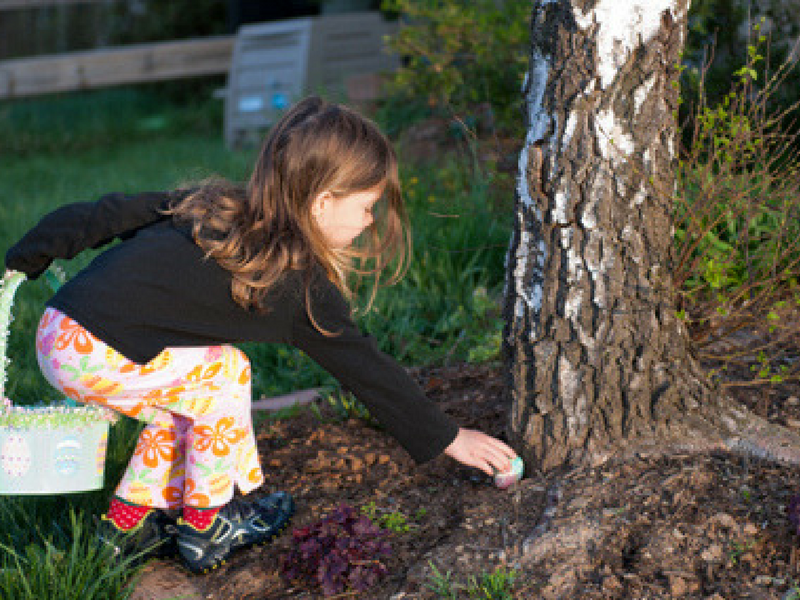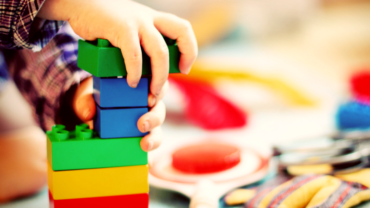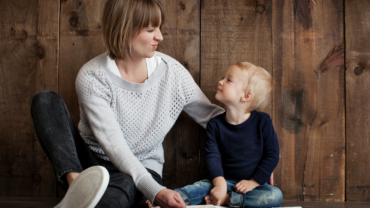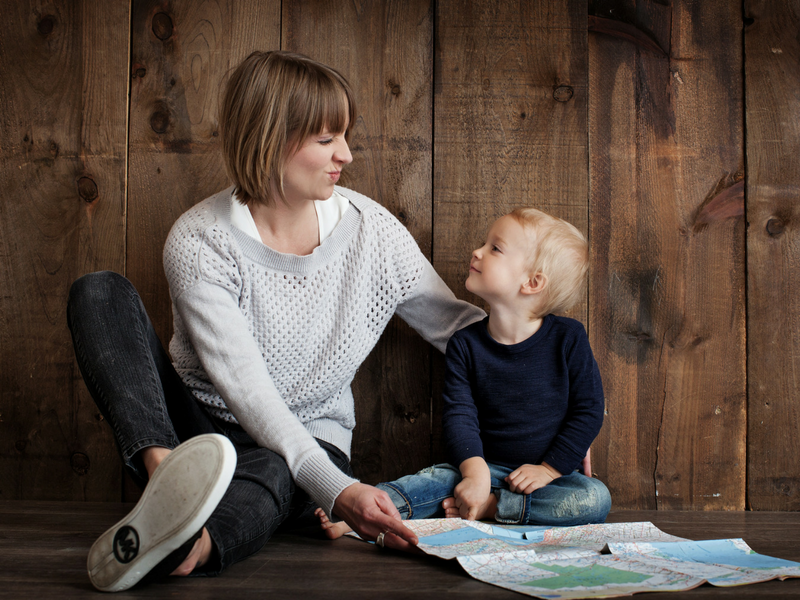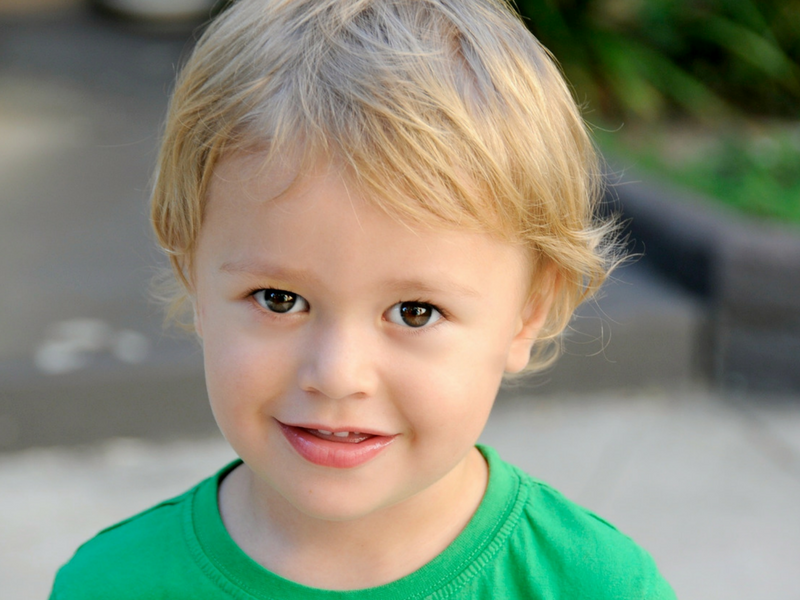Travelling by train is a great choice for families because it is usually more affordable, comfortable and unforgettable.
Bring your kids on a train ride shall enable your family to enjoy the beautiful sights along the ride and of course create beautiful memories that would last.
Going on family train trips also mean that you are choosing a more environmental friendly mean of transport for your family due to the reduced carbon emission as compared to travelling by air or by car.
If your going on a long journey train ride however, kids tend to get bored over time as they stay on the train.
To keep your bored kids from turning to the screens on your upcoming family train trips, try playing these kids’ games with them instead!
Via Mummy Pages: 12 games to play during your next family train journey
Getting away for a few days is lovely, but entertaining kids on a train can be tough if you don’t like giving them iPads or portable DVD players.
Below are a number of games we regularly crack out during our family train trips through Ireland. We’re big fans of staycations and one of the perks of train travel is that the whole family can participate in the games as the grown-ups aren’t stuck concentrating on the road or reading maps.
1. Impressions
Everyone take turns imitating people famous actors, television characters, musicians or even their loud next-door neighbour. You can’t say who you’re mimicking or give hints; you can only rely on your acting ability. The first person to guess who’s being imitated gets a point and the first to 10 wins!
2. Dots
Fill a page with evenly spaced dots to create a grid (eg: 20 dots across, 30 dots down). Each player takes turns to join to dots together. Once they create a box, they write their initial in it and then get an extra go. Person with the most boxes at the end wins.
3. The Never-Ending Story
One person starts a story and each person in the group contributes 2-3 lines. It’s called The Never-Ending Story, but don’t worry – you’ll get stuck eventually and have to end it.
4. I’m Thinking of an Animal
One player thinks of an animal. The others tries to guess which animal it is by asking “yes” or “no” questions. The catch? You can only ask 10 questions. Whoever guesses correctly gets to think of the next animal. If no one guesses after the 10 questions, the first player reveals the answer and then thinks of another animal.
5. Name That Coin
Tell your child to close their eyes and then place a coin in their hand. They must guess which coin it is by feeling it, but they only get one guess per coin. The player who guesses the most by the end of the round wins.
6. 20 Questions
Player One thinks of a person, place or thing. Everyone else takes turns asking questions that can be answered with a simple yes or no. After each answer, the questioner gets one guess. Play continues until a player guesses correctly.
7. I Spy
The directions are simple: one person spies something and recites the well-known rhyme, ending in a clue. Everyone else takes turns trying to guess the mystery item.
8. X and Os
This is a fail-proof activity and works for almost every situation that involves waiting, It can go on for as long as your youngster stays interested and works really well if there is more than one child. All you need is two players and a pencil.
9. Puzzles
If you want to catch up on some reading or have a chat with your hubby, puzzle books are a great way to entertain the kids. Each books comes with a number of games like word searches and word grids that will keep your child quietly entertained while putting their brain to work.
10. The A-Z Game
Pick a topic and start listing items in alphabetical order (eg: countries). The first person to miss a letter is out and you continue until one person is left.
11. Yes/No/Uhm Game
Avoid saying ‘yes,’ ‘no’ and ‘uhm’ as your train companions fire questions at you.
12. Hangman
Another pen and paper game that’s easily played on a train when you get the table seats.




